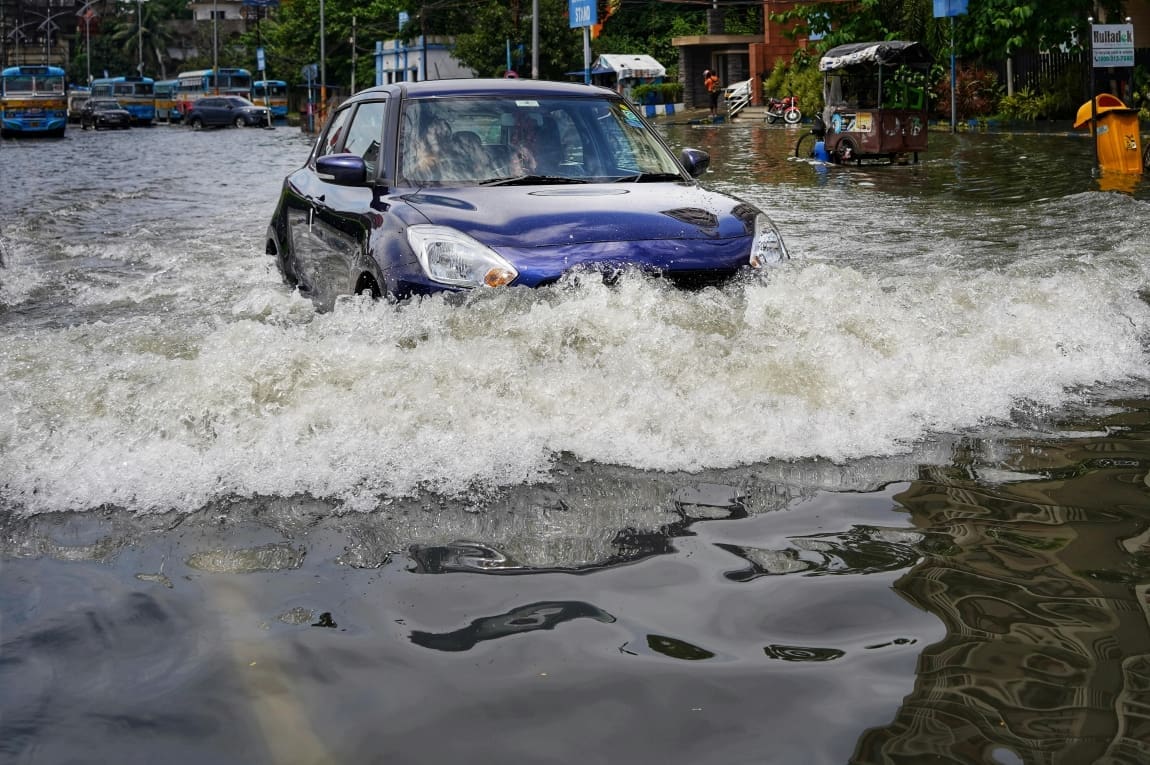An international team of climate scientists has developed a new approach that offers significant advancements in predicting life-threatening flash floods triggered by extreme rainfall. This innovative system improves the accuracy of short-duration, high-intensity rainfall forecasts, potentially providing crucial early warnings to communities at risk of devastating flash floods such as was seen in Boscastle in August 2004 or London in August 2022.
The research, recently published in Weather and Climate Extremes, highlights the potential to better predict the rapid and localized heavy rainfall that often leads to flash flooding. The study focuses on understanding the atmospheric dynamics that cause these extreme weather events, specifically identifying a unique three-layered atmospheric structure crucial to the development of intense downpours.
Paul Davies, the study’s lead author, Met Office Principal Fellow, and Visiting Professor at Newcastle University’s School of Engineering, emphasized the importance of this new approach in addressing the increasing frequency and intensity of extreme weather events due to climate change.
“The new model is aimed at enhancing the UK’s resilience to extreme weather events, which are becoming more frequent and intense due to climate change. This approach addresses the urgent need for improved prediction capabilities and will help both UK and global communities in mitigating the risks associated with increasingly extreme weather events,” said Davies.
The research team discovered a three-layered atmospheric structure, which they describe as Moist Absolute Unstable Layers sandwiched between a stable upper layer and a near-stable lower layer. This structure is central to the formation of short-duration, extreme rainfall and could enable more accurate forecasting of such events. These findings represent a significant shift in the understanding of how extreme rainfall events develop, offering new opportunities for early warnings and disaster preparedness.
Hayley Fowler, a co-author of the study and Professor of Climate Change Impacts at Newcastle University, underscored the importance of this research in the context of global efforts to improve early warning systems.
“I am delighted to help to lead such exciting new research which provides a paradigm shift in thinking about extreme rainfall processes,” Fowler said. “We will further develop this model into an operational system which can help to deliver on the UN’s call for Early Warnings for All, which aims to ensure universal protection from hazardous weather, water, or climate events through life-saving early warning systems by the end of 2027.”
The research holds promise for the development of an advanced extreme rainfall warning system, which could significantly enhance the ability of forecasters and emergency responders to predict and prepare for flash floods. The Met Office, which plays a key role in issuing warnings about severe weather in the UK, is expected to integrate this new model into its operations, working closely with partners such as the Environment Agency and Local Resilience Forum.
As climate change continues to drive more extreme weather events, the need for accurate and timely forecasts is more critical than ever. This new model represents a crucial step forward in protecting communities from the devastating impacts of flash floods and other extreme weather events.
Journal Reference:
Davies, P.A. et al. ‘A new conceptual model for understanding and predicting life-threatening rainfall extremes’, Weather and Climate Extremes 45, p. 100696 (2024). DOI: 10.1016/j.wace.2024.100696
Article Source:
Press Release/Material by Newcastle University
Featured image credit: Dibakar Roy | Pexels




